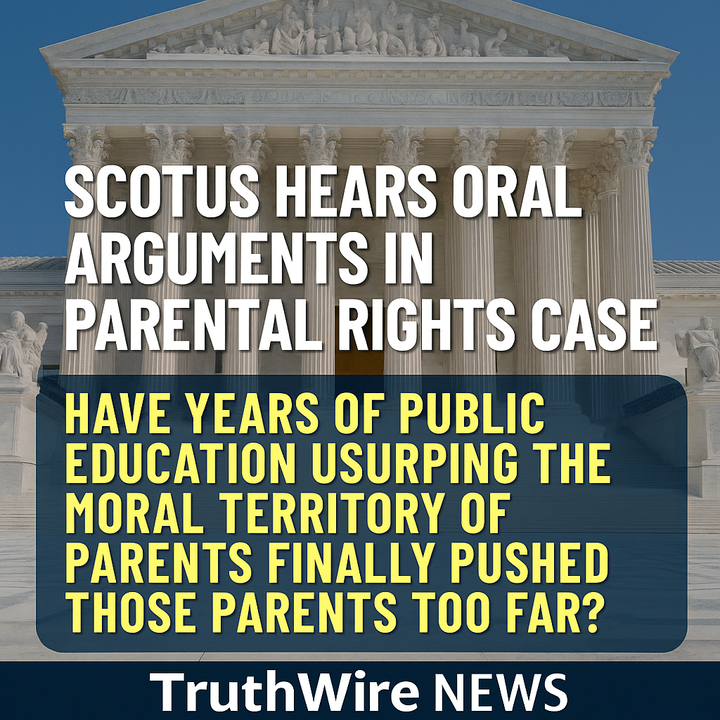Tennessee’s SB1 win at the Supreme Court is a major moment—but not a secure one. Built on rational basis, not state sovereignty, the ruling is vulnerable to reversal. Here's how to fortify it before it gets the Roe treatment.
Why Tennessee’s Win on SB1 May Be Eventually Doomed to the Same Constitutional Unraveling That Toppled Roe—and How to Fortify It
By Kelly Jackson | TruthWire Commentary
On June 18, 2025, the U.S. Supreme Court handed Tennessee a decisive legal victory in United States v. Skrmetti, upholding the state’s ban on gender transition procedures for minors. The decision affirms Tennessee’s authority to prohibit puberty blockers, cross-sex hormones, and sex-modification surgeries for children under 18 when performed for the purpose of facilitating a gender transition.
But while the ruling resolves the immediate legal challenge, its long-term durability remains uncertain. TruthWire consulted constitutional attorneys and reviewed the ruling in depth to answer a critical question:
Was this a ruling built to last—or merely a procedural win that risks the same constitutional collapse as Roe v. Wade?



